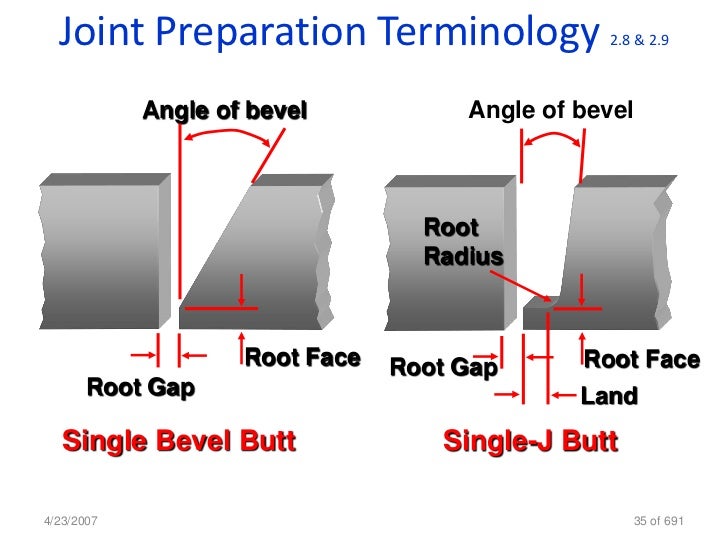:laugh: Well, maybe not, but for me....it is :realmad:
![]()
That round shoulder presents a problem when it comes to vert stick. It's not only a fillet, it's a fillet with an additional fillet :laugh: PITA to do these right. And it's worse when dealing with 11ga tubing.
Anyways, I'm motoring along, and get crap like this :realmad:
![]()
Focusing the heat on the channel, and occasionally moving over to fill against the tubing. The results suck, and there's the constant worry about burn thru.
Strangely enough, I don't do these kind of joints very often. But, anyways.................It's all a matter of angle, and heat.
Attacking the problem in the traditional manner, you run in at a 45 degree angle.
![]()
This is all well, and good, for a typical joint where two pieces of plate meet. But you gotta ton of space to fill with the tubing shoulder giving you more void.
Changing the angle of attack, AND TURNING DOWN THE HEAT, gives better results.
![]()
Shove that thing into the shoulder gap, turn the heat down from 85amps to 75amps (I'm running 3/32), and JUST DRAG THE PUDDLE UPHILL WITH NO WEAVE TO THE TOES. Let the puddle fill the gap, and undercut. And there will be a LOT of undercut with one of these. It's a very slow weld because you're filling such a relatively large void. Have to let the rod burn off to melt enough filler to do the job. Lot of heat, and lot of undercut. And it gets worse the higher you get.
This kind of joint, whether in the flat position, or out of position, will sometimes fool you. The puddle may look good as you go along, but it will collapse into the void if you run too fast. It will pull away from the shoulder on the channel, and shows up after removing the slag. Sometimes this won't show up under the hood. You have to force yourself to run slow, and keep packing metal.

Anyways, I'm motoring along, and get crap like this :realmad:

Strangely enough, I don't do these kind of joints very often. But, anyways.................It's all a matter of angle, and heat.
Attacking the problem in the traditional manner, you run in at a 45 degree angle.

Changing the angle of attack, AND TURNING DOWN THE HEAT, gives better results.

This kind of joint, whether in the flat position, or out of position, will sometimes fool you. The puddle may look good as you go along, but it will collapse into the void if you run too fast. It will pull away from the shoulder on the channel, and shows up after removing the slag. Sometimes this won't show up under the hood. You have to force yourself to run slow, and keep packing metal.















